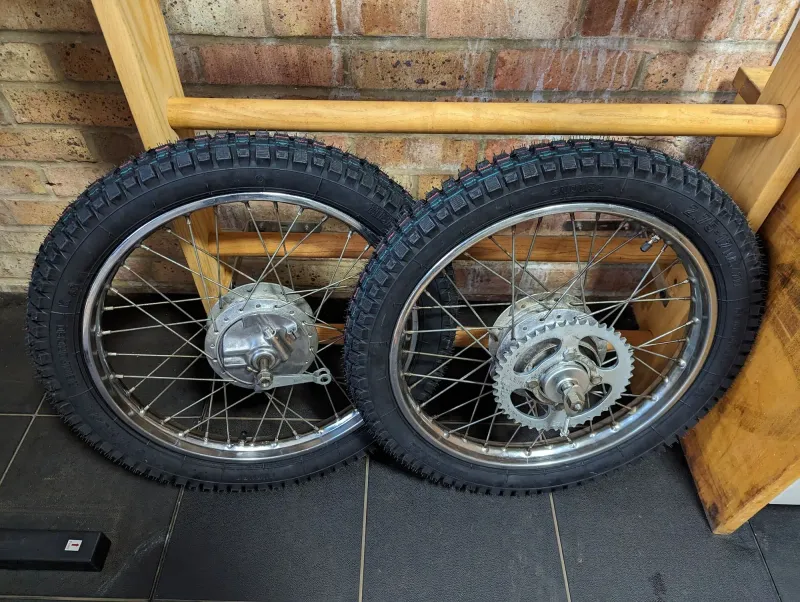
all you ever wanted to know about the CT90's wheels, brakes and so on....
all you ever wanted to know about the CT90's wheels, brakes and so on....
Honda CT90
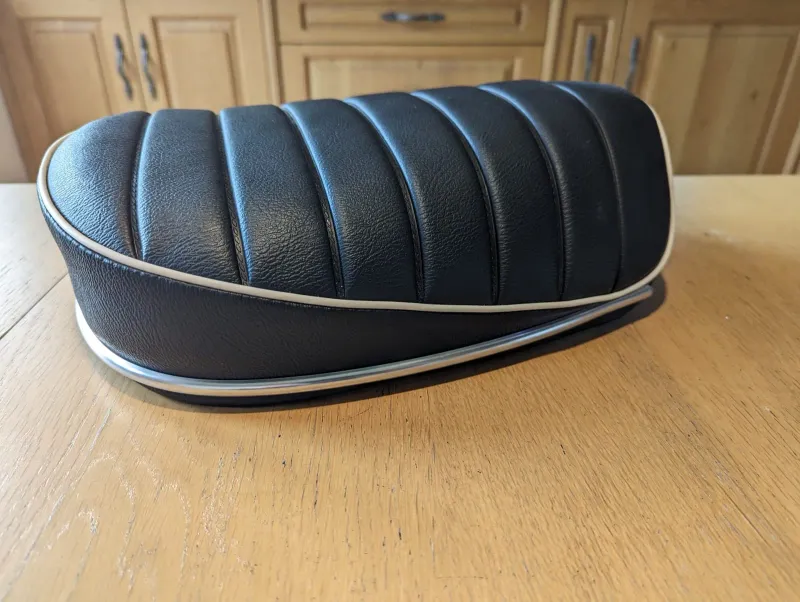
Honda still sell the seats for the later model CT90, but the version of the seat used on the 1969 K1 was only fitted for a couple of years...
Honda still sell the seats for the later model CT90, but the version of the seat used on the 1969 K1 was only fitted for a couple of years...
Honda CT90
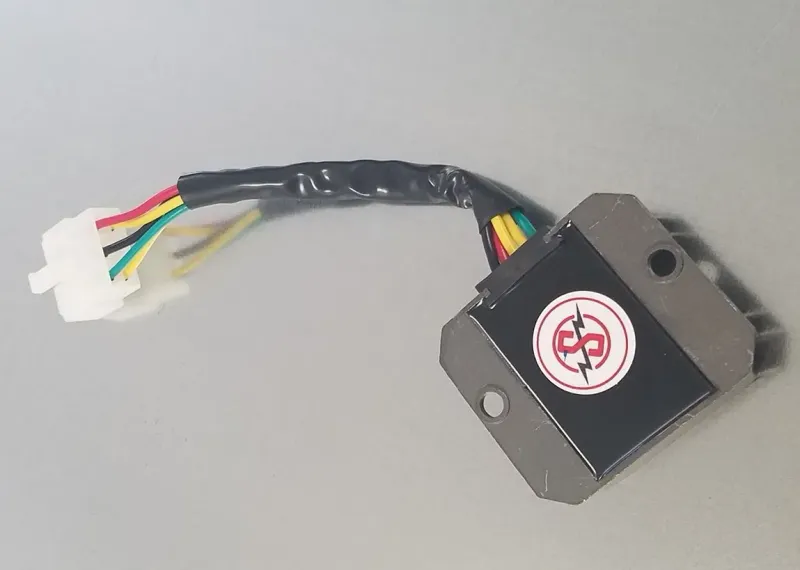
Like many small bikes of this era, CT90s were not fitted with a regulator to control the amount of charge going to the battery......
Like many small bikes of this era, CT90s were not fitted with a regulator to control the amount of charge going to the battery......
Honda CT90
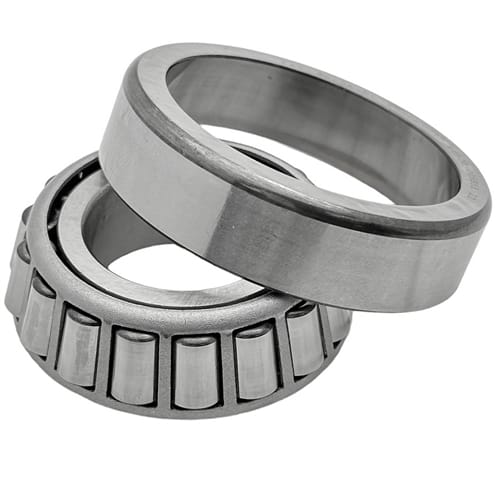
The steering head uses loose ball bearings - if you are replacing them you have an option to use tapered roller bearings instead ......
The steering head uses loose ball bearings - if you are replacing them you have an option to use tapered roller bearings instead ......
Honda CT90
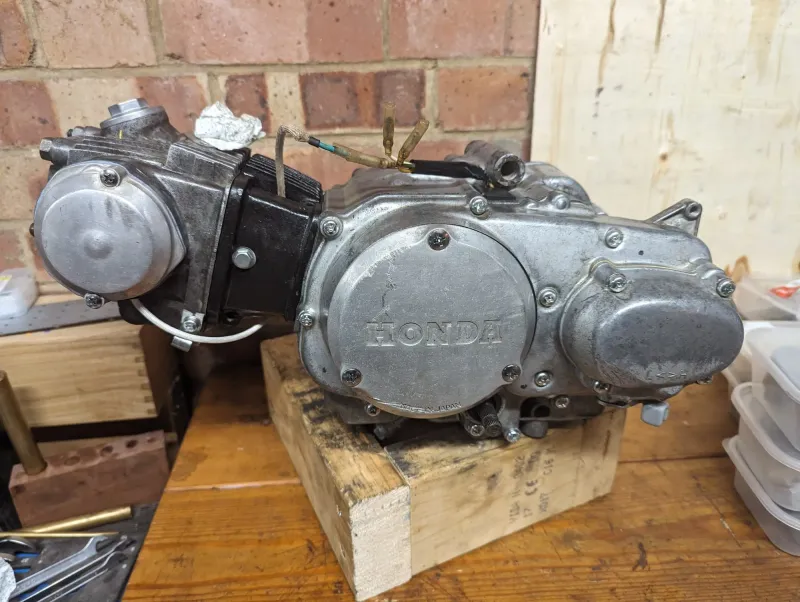
The CT90 engine is very similar to the engine fitted to the Honda C90s from the 60s and 70s. There are a few changes of note though, and these are described below...
The CT90 engine is very similar to the engine fitted to the Honda C90s from the 60s and 70s. There are a few changes of note though, and these are described below...
Honda CT90
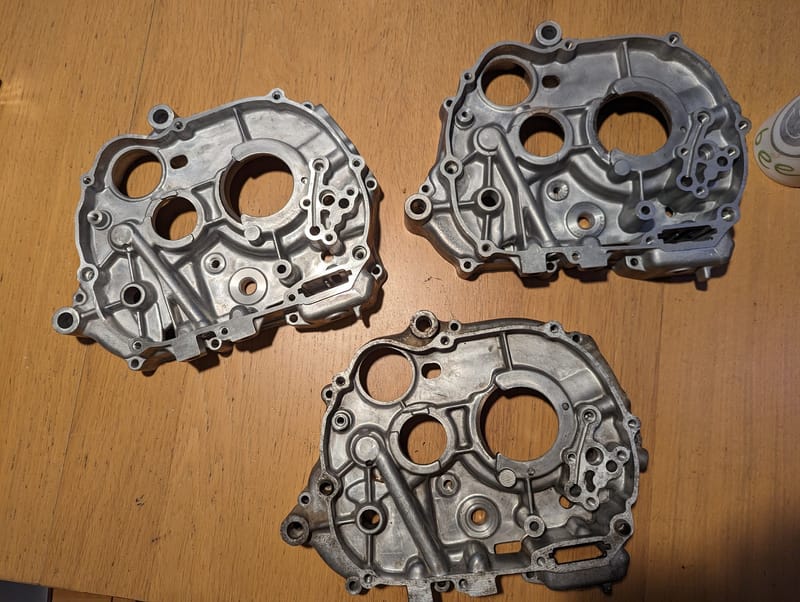
The early engines used in Honda's small 90cc bikes - including the CT90, C90, and S90 - had a design flaw that could cause serious engine damage......
The early engines used in Honda's small 90cc bikes - including the CT90, C90, and S90 - had a design flaw that could cause serious engine damage......
Honda CT90

Turn signals became a standard fixture on the CT90s in 1973 following the introduction of federal legislation in the USA that made them mandatory on all cars and motorcycles. Retrofitting them to older bikes is straightforward...
Turn signals became a standard fixture on the CT90s in 1973 following the introduction of federal legislation in the USA that made them mandatory on all cars and motorcycles. Retrofitting them to older bikes is straightforward...
Honda CT90
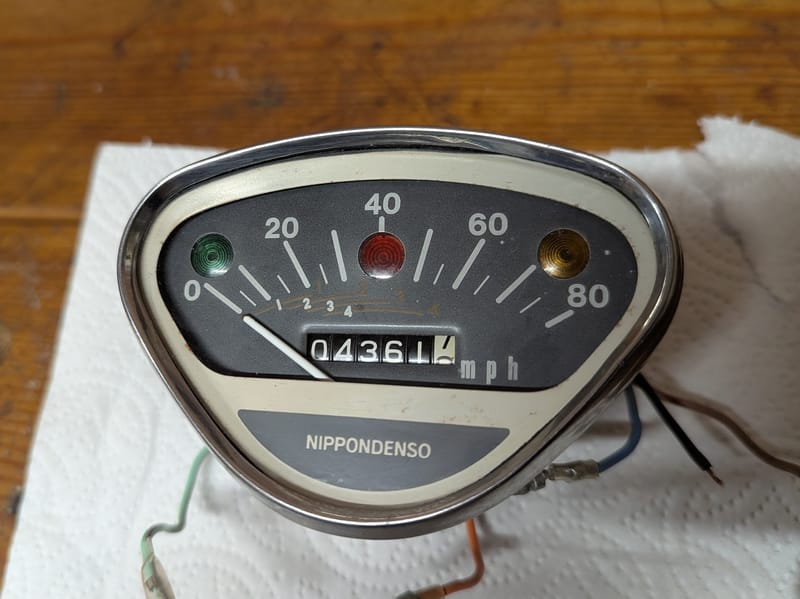
The speedo used on the 1969 Ct90 k1 speedometer is a one-year-only version with a distinctive triangular shape. My bike was fitted with a later version - the different speedos used on the CT90 range are shown below.
Although almost identical to the K1 model, the first replacement (below) I aqcuired is actually from a...
The speedo used on the 1969 Ct90 k1 speedometer is a one-year-only version with a distinctive triangular shape. My bike was fitted with a later...
Honda CT90
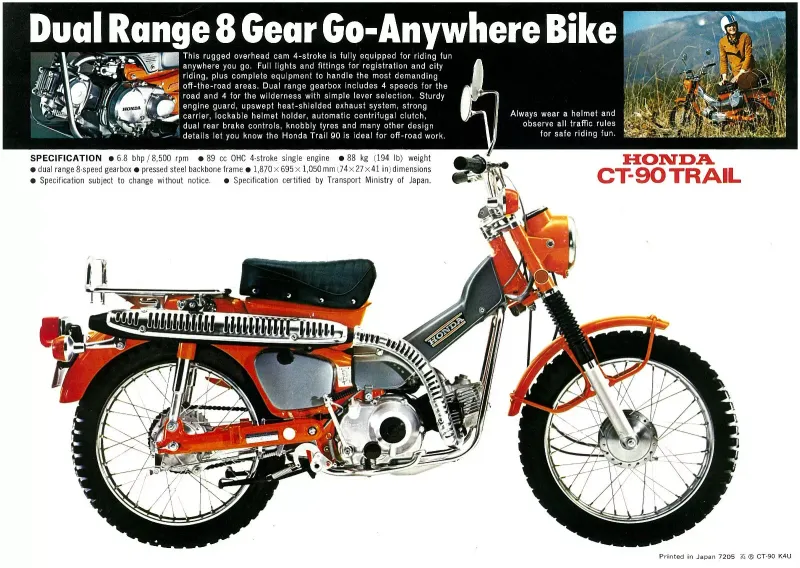
The first instalment of a short account on the work I did to repair the 1969 Honda CT90 K1 above. The jobs required were largely repairs and recommissioning...
The first instalment of a short account on the work I did to repair the 1969 Honda CT90 K1 above. The jobs required were largely repairs and recommissioning...
Honda CT90
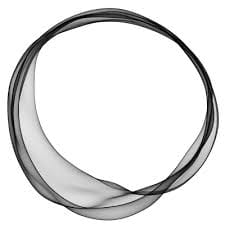
I developed the theme used on this site from scratch and have made it available as free open source software....
I developed the theme used on this site from scratch and have made it available as free open source software....
website hosting

Here are copies of the colorised wiring diagrams I created, based on the original Honda black and white diagrams.
If you aren't familiar with reading this type of diagram (it is not has hard as it first appears!) then you can read more about them here:
Honda C90 - electrical system overviewElectricity Learning...
Here are copies of the colorised wiring diagrams I created, based on the original Honda black and white diagrams.
If you aren't familiar...
C90 electrics

The recommended web server for Ghost installations is Nginx. The software has a number of features in addition to its HTTP server capabilities - including caching, load balancing and more - but the bits we are most interested in when running a simple blog site are the web server and reverse proxy.
As the name...
The recommended web server for Ghost installations is Nginx. The software has a number of features in addition to its HTTP server capabilities - including...
website hosting

I have finally got the comments section of the site working. If you'd like to suggest corrections; ask questions or make a comment, please feel free. No swearing!
You will need to supply an email address (look for the banner at the end of a post) and then check your inbox for an...
I have finally got the comments section of the site working. If you'd like to suggest corrections; ask questions or make a comment,...
website hosting
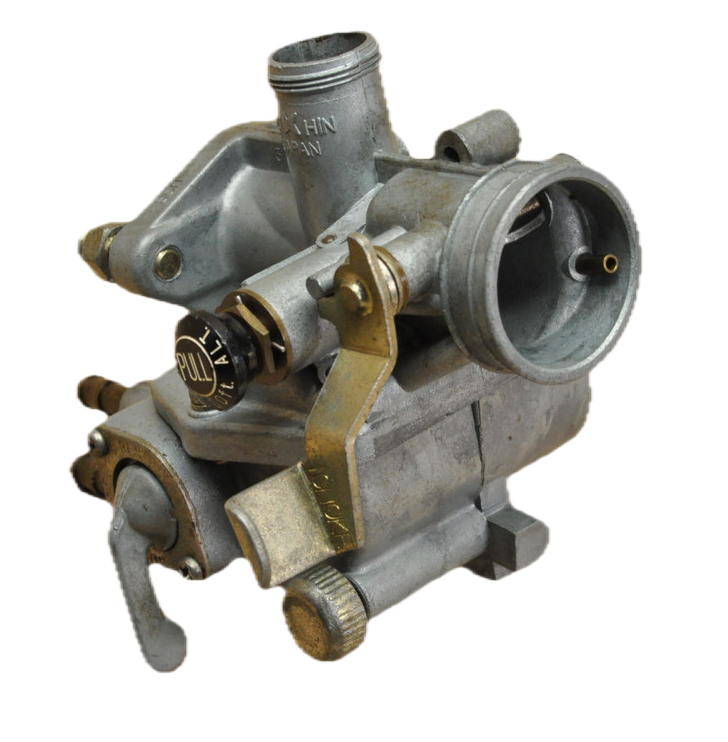
This article contains a brief survey of the different carburettors fitted to CT90 range, and an in depth look at the the K29A installed on my CT90 K1. The K29 carb was used on the K1-K3 (1969-72) models, and is very similar to the subsequent 556a model that was used until 1977.
carburettor models
The...
This article contains a brief survey of the different carburettors fitted to CT90 range, and an in depth look at the the K29A installed on...
Honda CT90
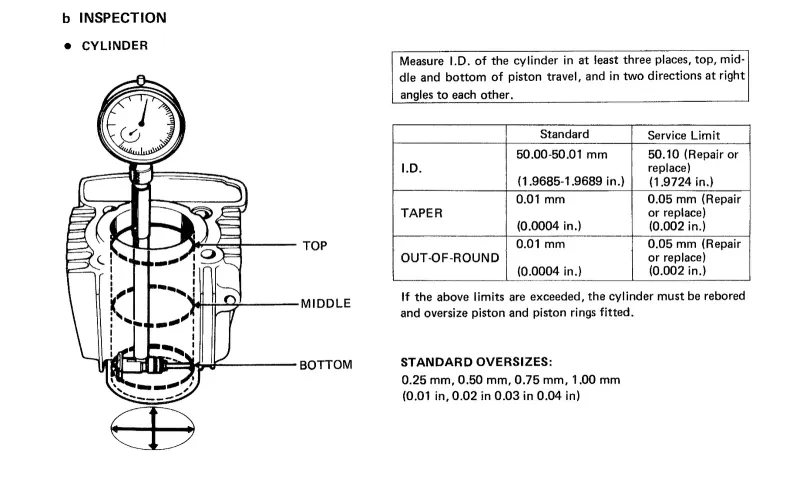
Checking your cylinder is within the service limit involves measuring the bore with a cylinder gauge as shown in the following diagram:
What follows is what I've found out about this process from research and experimentation, but please note that I'm not an engineer and I'm just doing this...
Checking your cylinder is within the service limit involves measuring the bore with a cylinder gauge as shown in the following diagram:
What follows is...
C90 Engine

Honda invented the posi-torque system in 1967 and used it on the CT90 range of the same year. This ingenious device had the effect of providing the bike with 4 additional hillclimbing gears in addition to the standard 4 ratios for road-riding
Earlier solutions
The posi-torque system replaced the unwieldy dual rear sprocket arrangement used...
Honda invented the posi-torque system in 1967 and used it on the CT90 range of the same year. This ingenious device had the effect of...
Honda CT90
















